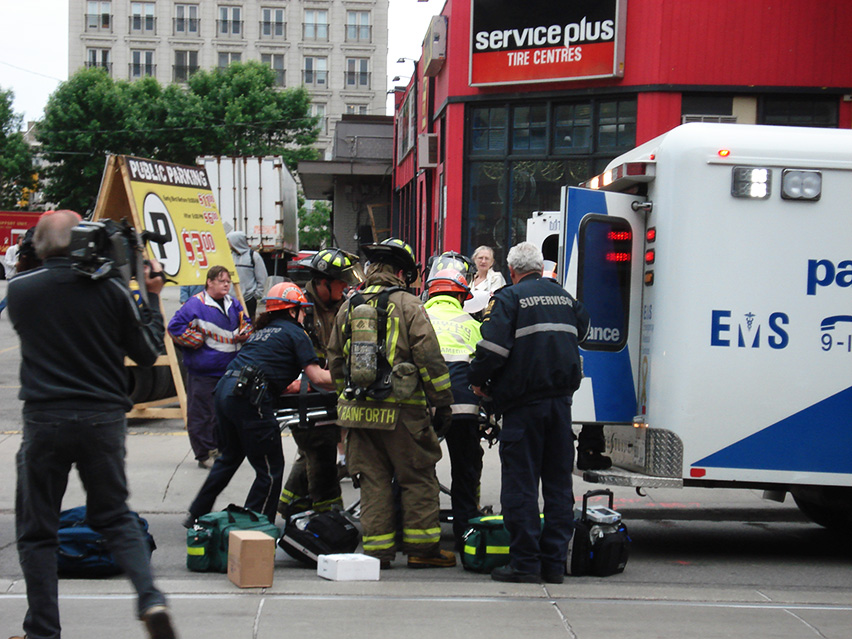The Structure of Peritraumatic Dissociation: A Cross Validation in Clinical and Nonclinical Samples
Empirical data have challenged the unidimensionality of the Peritraumatic Dissociative Experiences Questionnaire (PDEQ), a widely used measure for peritraumatic dissociation. The aim of this study was to assess the factor structure of the PDEQ in 3 trauma-exposed samples: (a) trauma-exposed police officers (N = 219); (b) trauma-exposed civilians (N = 158); and (c) treatment-seeking trauma-exposed civilians (N = 185). Confirmatory factor analyses using measurement invariance testing supported a 2-factor structure (CFIs .96–.98; RMSEAs .07–.09), but excluded 2 of the original items. Factor 1 was termed Altered Awareness; Factor 2 was termed Derealization. Altered Awareness reflected disturbances in information processing during the traumatic event, whereas Derealization reflected distortions in perception. Hierarchical linear regression analysis showed that Derealization predicted posttraumatic stress severity at 26.5 weeks follow-up only in the sample of police officers (R2 = .45). Future longitudinal research shortly following trauma is required to elucidate causality and underlying mechanisms of peritraumatic dissociation, which may contribute to the development of more accurate screening strategies, as well as more effective strategies for prevention and early intervention.
Sijbrandij, M., Engelhard, I. M., Opmeer, B. C., Van de Schoot, R., Carlier, I. V. E., Gersons, B. P. R., & Olff, M. (2012). The Structure of Peritraumatic Dissociation: A Cross Validation in Clinical and Nonclinical Samples. Journal of Traumatic Stress, 25(4), 475-479. http://dx.doi.org/10.1002/jts.21716




